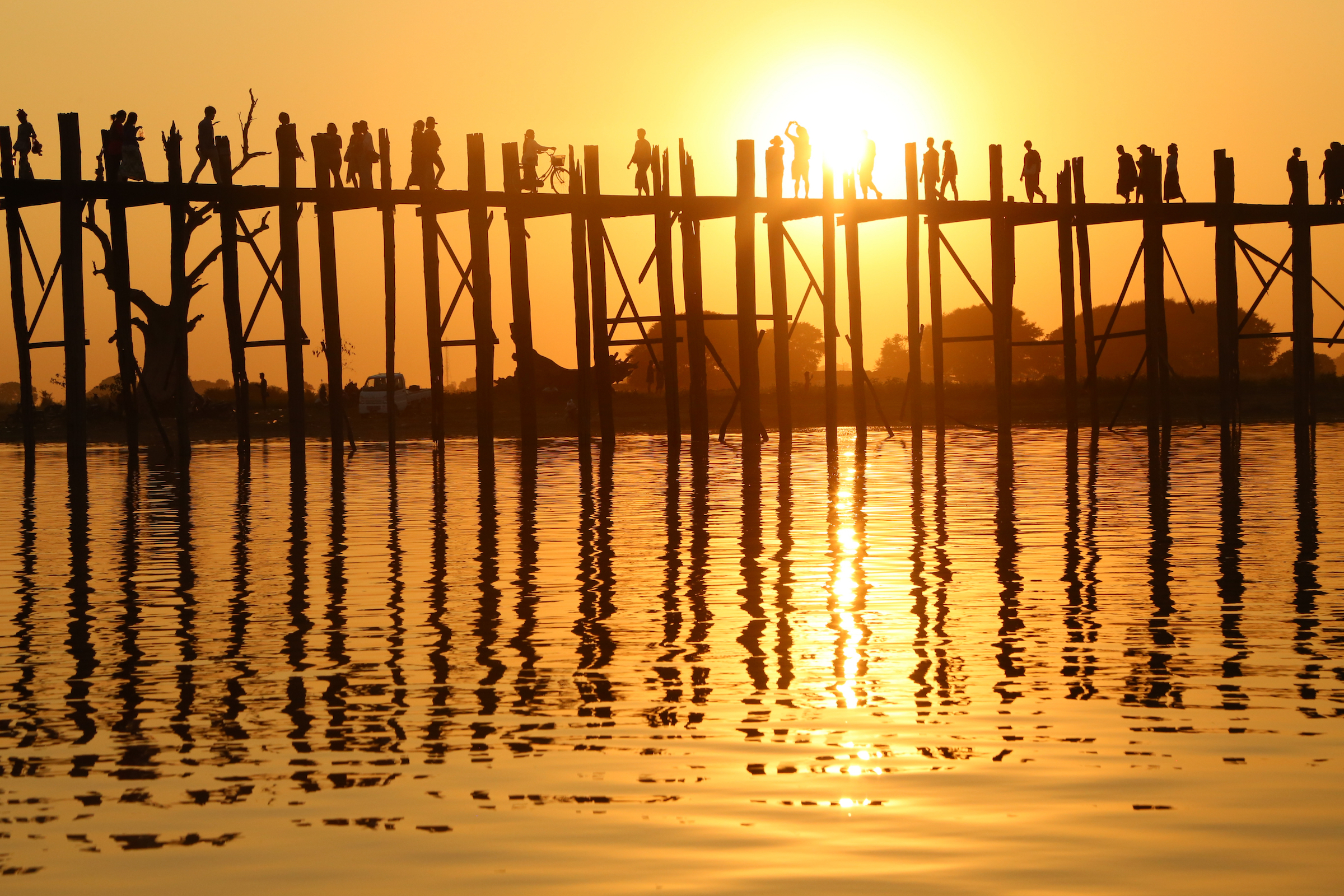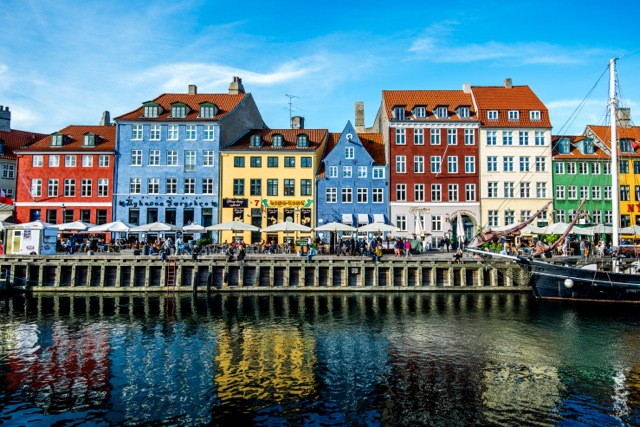 Let me say this right away – I liked the book a lot. And reading it, like other pleasant experiences, made me happy. Atleast, it left me with a smile on my face, which lasted long after I finished and put it away. In The Geography of Bliss, self-proclaimed grouch Eric Weiner (my name rhymes with Whiner, he declares, and tries his best to live up to it) travels the globe in exploration of the happiest places on earth. His research (the things we do in the name of research!) takes him to places as varied as Switzerland, Bhutan, Thailand, India (all the usual suspects) and then some – like Moldova, Qatar and Iceland. A few of these places he visits to see what makes them not happy – why they are so low down on the happiness list (otherwise known as the World Database of Happiness, according to happiness researchers in the Netherlands).
Let me say this right away – I liked the book a lot. And reading it, like other pleasant experiences, made me happy. Atleast, it left me with a smile on my face, which lasted long after I finished and put it away. In The Geography of Bliss, self-proclaimed grouch Eric Weiner (my name rhymes with Whiner, he declares, and tries his best to live up to it) travels the globe in exploration of the happiest places on earth. His research (the things we do in the name of research!) takes him to places as varied as Switzerland, Bhutan, Thailand, India (all the usual suspects) and then some – like Moldova, Qatar and Iceland. A few of these places he visits to see what makes them not happy – why they are so low down on the happiness list (otherwise known as the World Database of Happiness, according to happiness researchers in the Netherlands).
There is a surprise right in the beginning – most people in most countries of the world say they are happy, scoring between 5 to 8 on a 10 point scale. Is this a true reflection of happiness levels? Or is ‘are you happy’ just one of those survey questions (in whichever form it is asked) that is impossible to answer in the negative without feeling like a complete loser?
Anyway. What I liked about the book is that it has a good mix of expert opinions, scientific studies (among them, my favourite Ronald Inglehart and his post-materialism theory) and his own impressions of the countries he visits (including his preconceptions and biases – but so what? it just makes for more interesting reading).
Weiner finds various factors that contribute to happiness levels – including a democratic society, the quality of governance, sunshine and weather conditions and surprisingly, culture (the presence or absence of it). However, these bland labels mean nothing really, as we find out – for instance, Iceland is one of the coldest places on earth – and according to Weiner, having no cultural heritage to speak of, is creating its culture right now. Qatar, on the other hand, uses its new-found prosperity to “rent” culture – or even stays happy in the absence of any.
I also like it that Weiner not only makes an attempt to find out what makes the people happy and to what levels, but also defines their happiness in different ways. For instance, the Swiss do not appear to really ‘happy’ – their state is one of “Conjoyment”, an existence that combines contentment (passive) with enjoyment (mildly active), the Bhutanese are simply content (passive again) – whereas the Qataris are into pure hedonistic pleasure (aggressive active). The Thais convert even potential unhappy situations into non-unhappy (I cannot really call it happy) ones with their philosophy of ‘mai pen lai‘ – meaning, “never mind” – or “let go” (which I personally believe is the secret mantra for true happiness).
The other reason the book works for me is that Weiner lets the places and their ‘happiness climate’ affect him – it is a human way of approaching any subject, especially one as subjective as this. For instance, if he tells himself mai pen lai in Thailand, he also comes away from Moldova (one of the unhappiest on the list) feeling blue and depressed himself. Incidentally, Moldova is a piercing insight into how we as humans judge our happiness levels too – in relation to something else (like all emotions, happiness is not absolute); Moldova compares itself not to other poor countries like say, Nigeria or Bangladesh – but to other European countries like Italy and Germany).
My only disappointment was the bit on India – why, oh why, is it not possible to explain India without a spiritual angle? Is this the only form of bliss or happiness that Indians themselves (as opposed to visiting foreigners) seek? In India, Weiner heads to Art of Living Ashram and then finds a temporary home in Bangalore, and apart from the banal generalizations I have read elsewhere about India, I find nothing new here.
Overall though, the book is a great read – part travel story, part personal experience and part social research – and all the parts come together engagingly. Go read it now.



It sounds interesting! Shall try to get hold of it….
What Anu said. 🙂
neat blog charu !!!rgds, v.
Anu, Suj, the book is totally worth a read…
Vik, thanks! keep dropping by 🙂